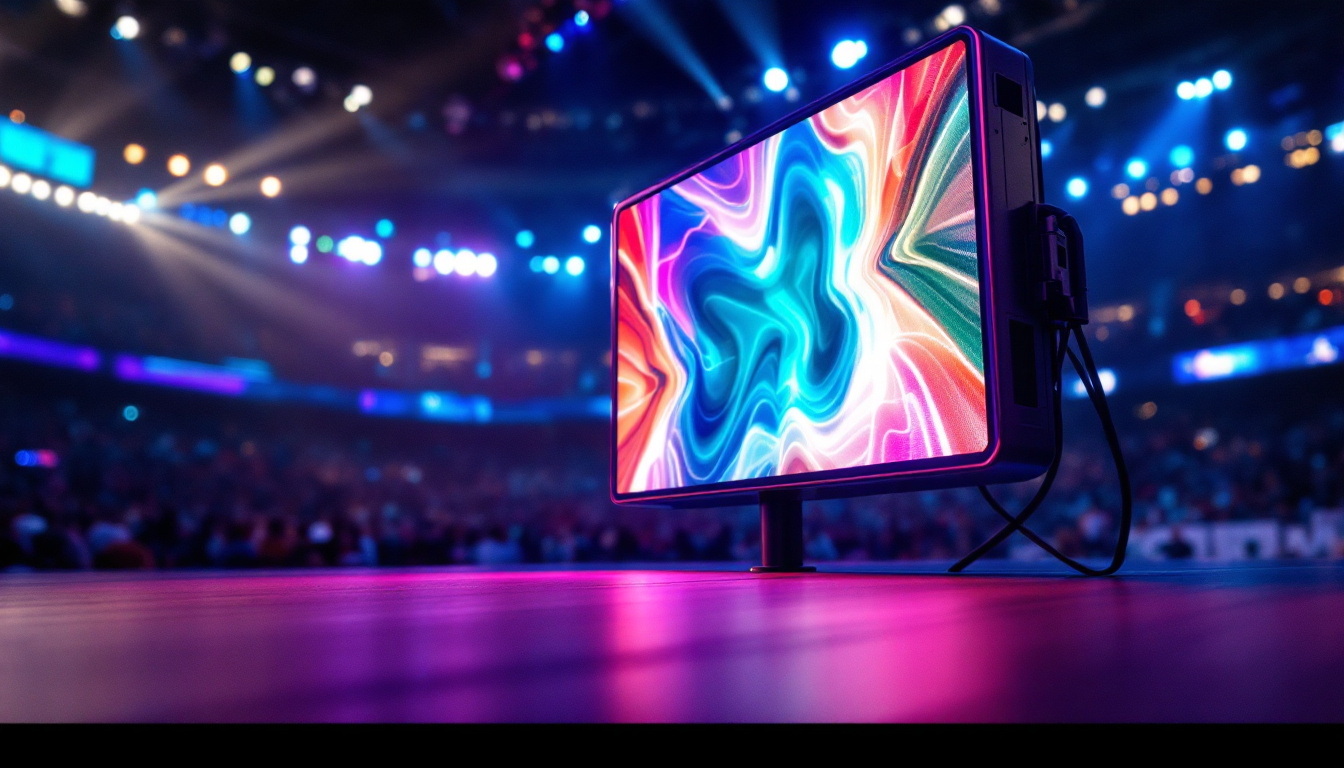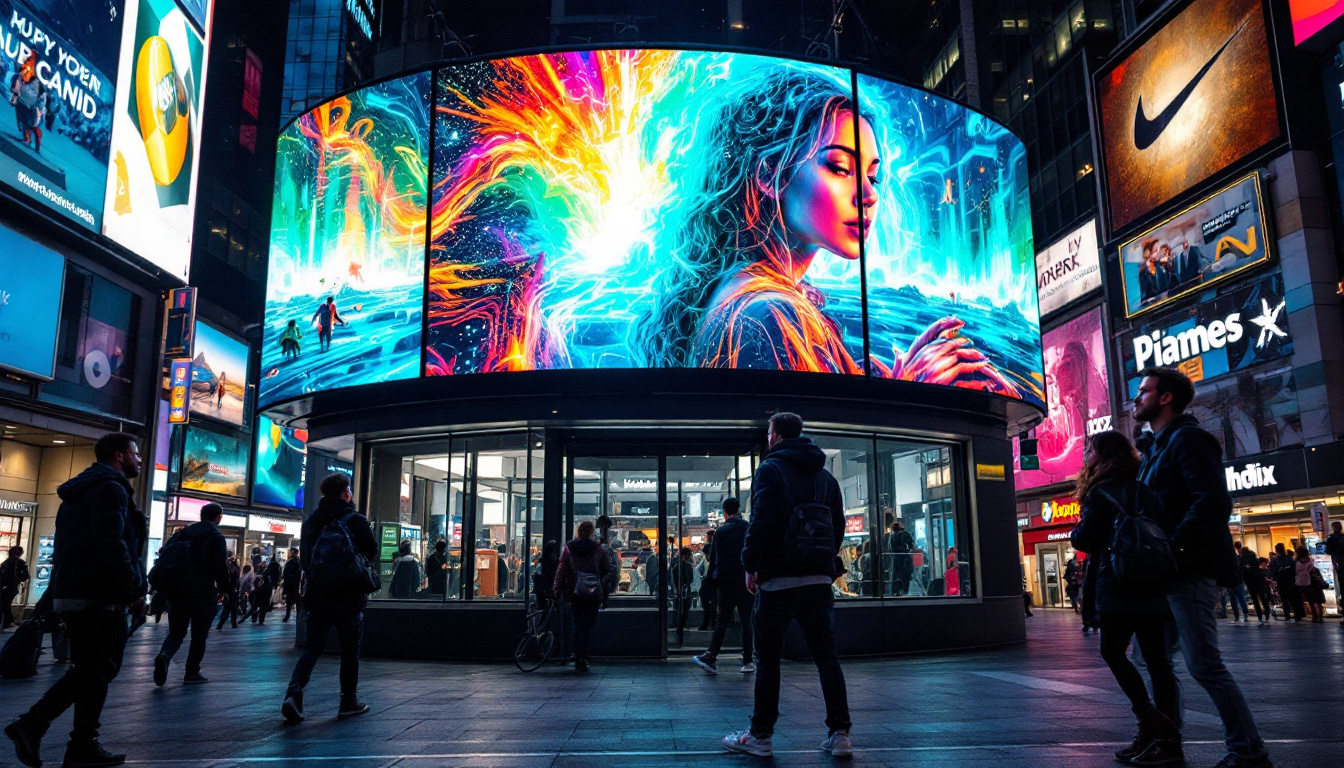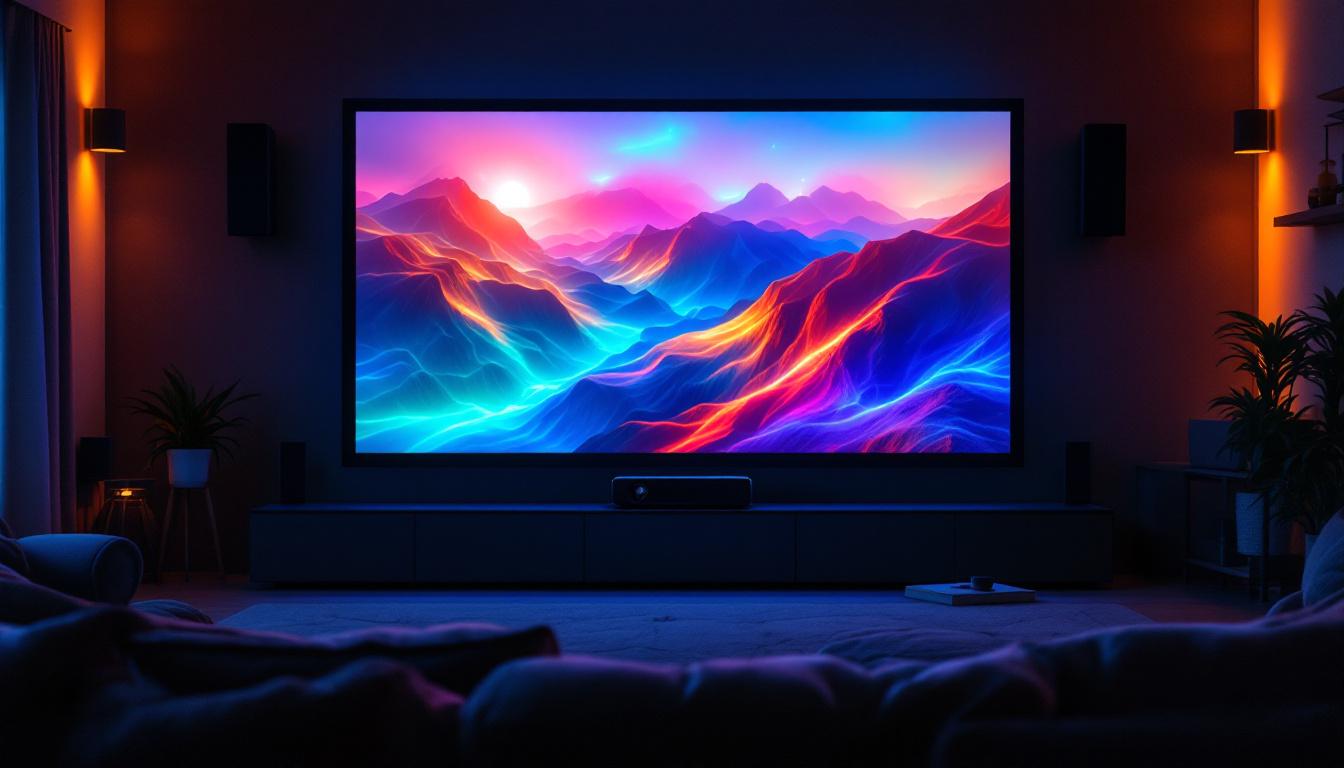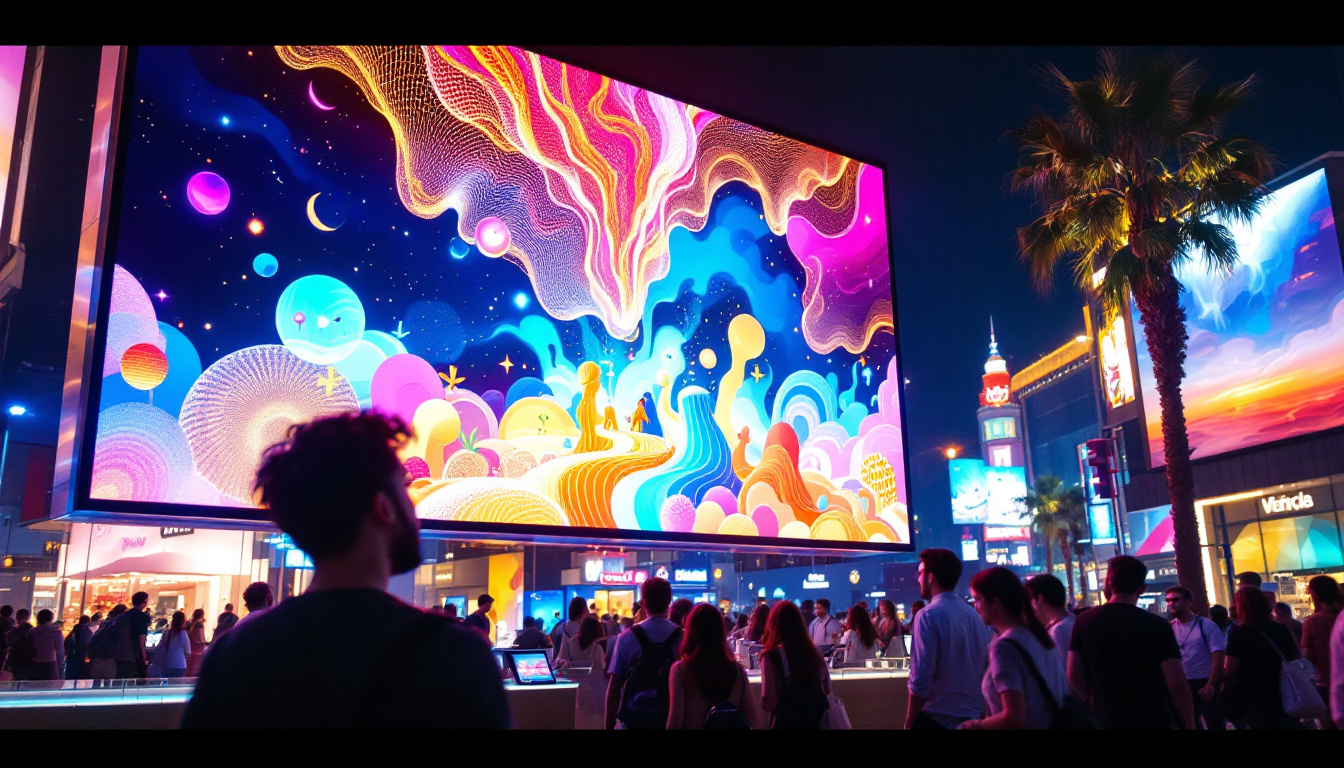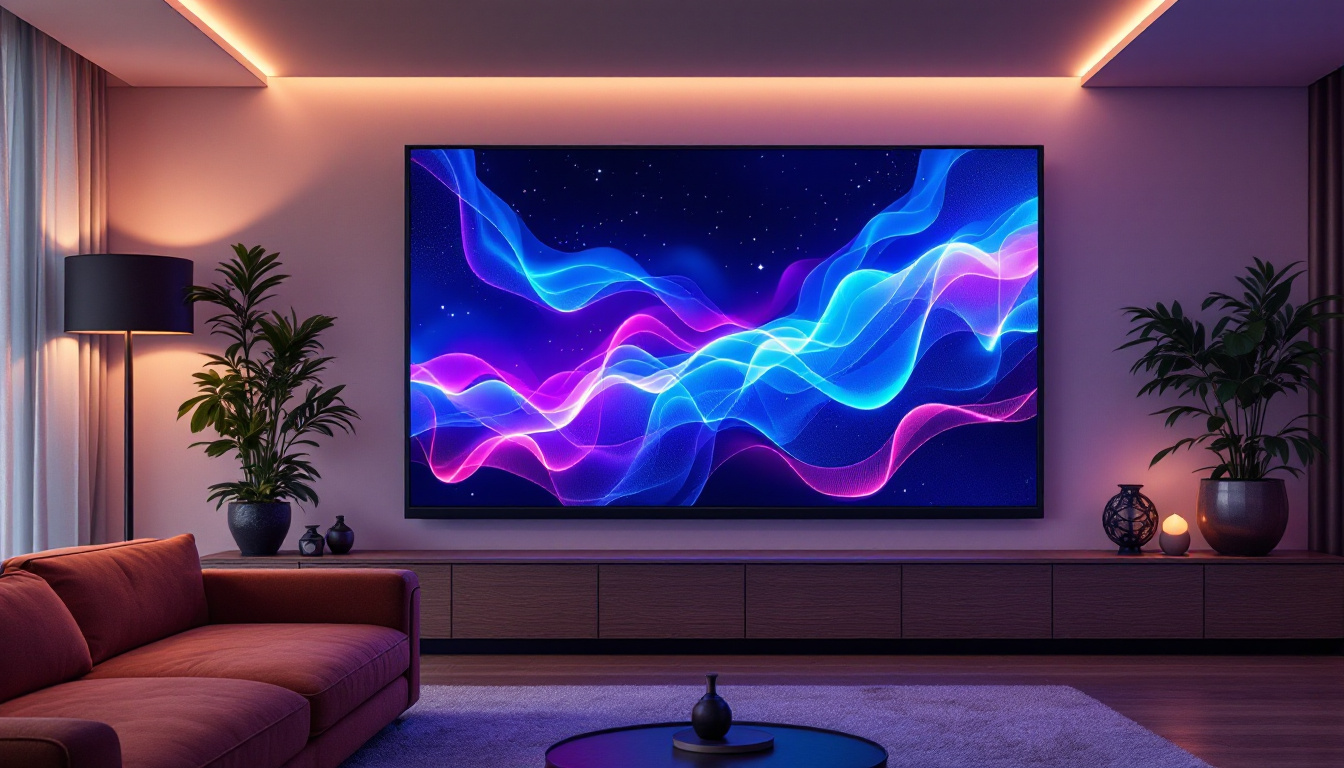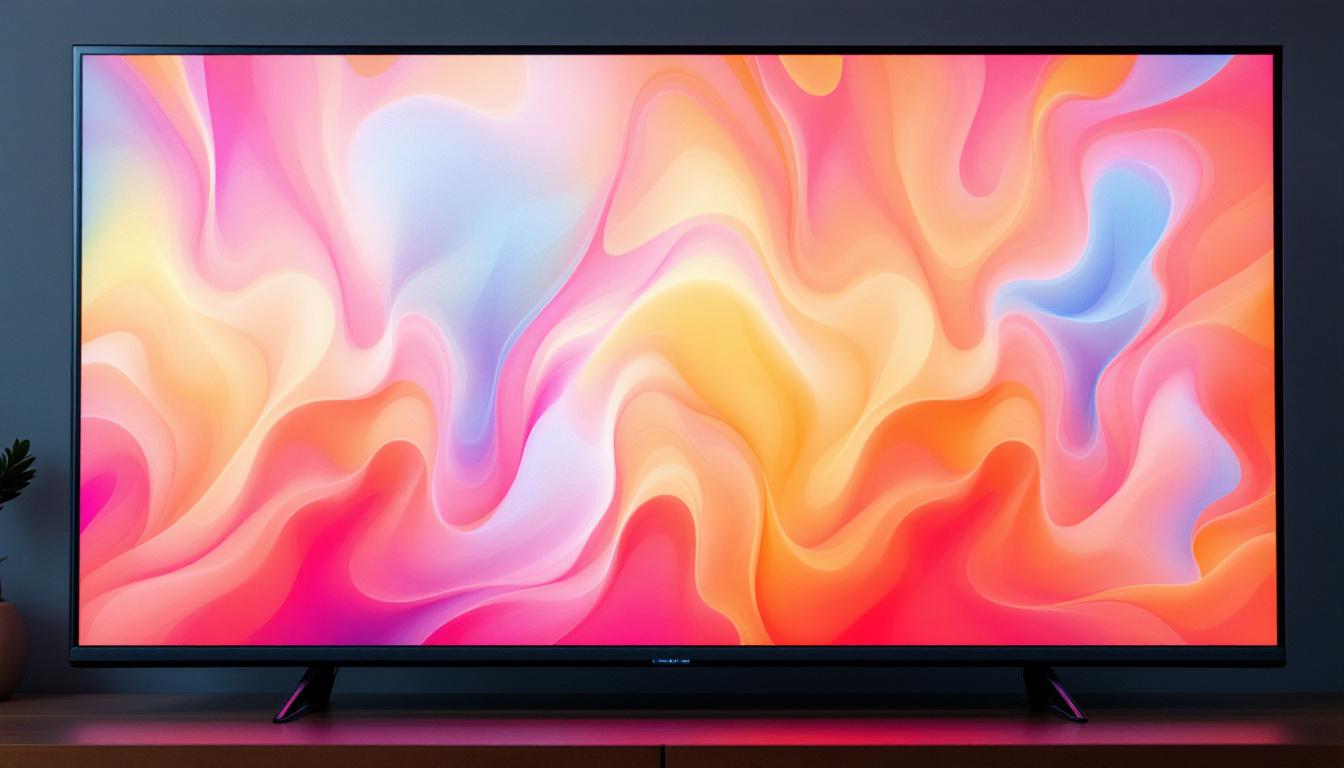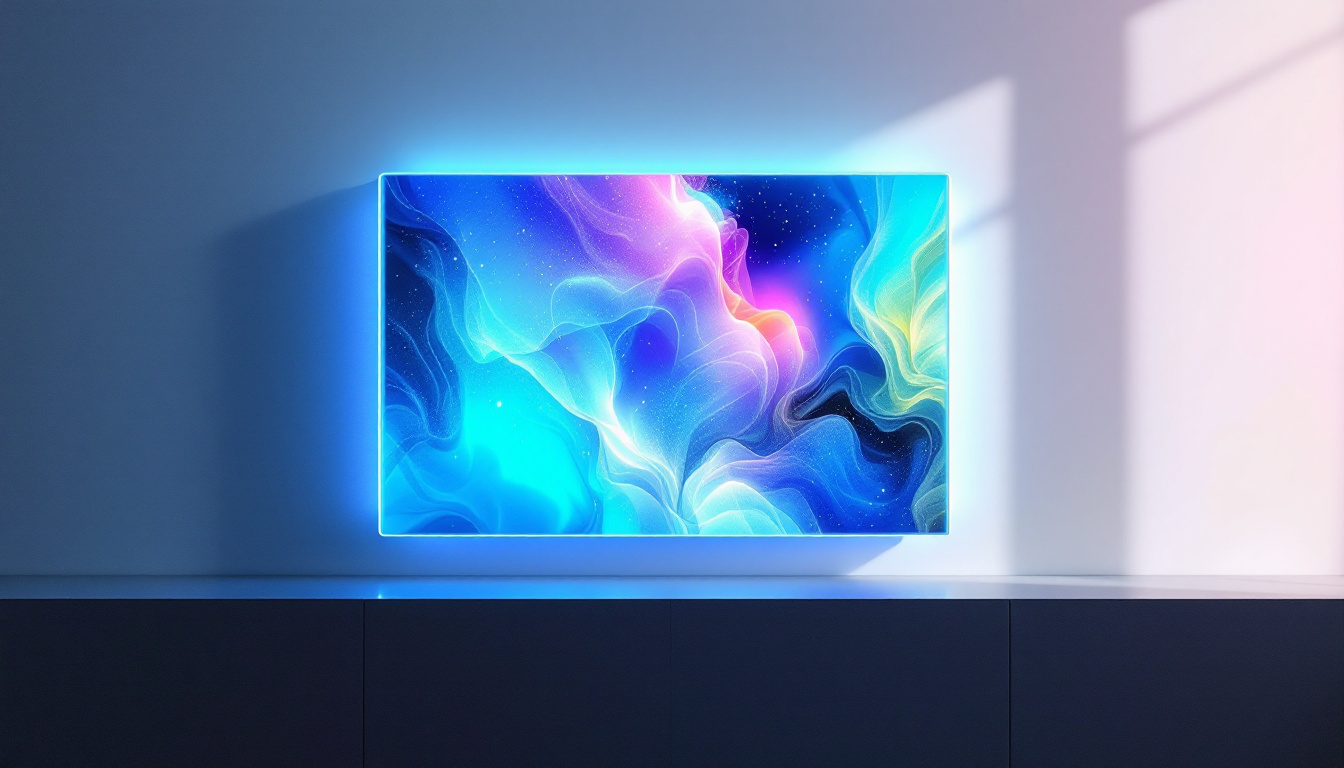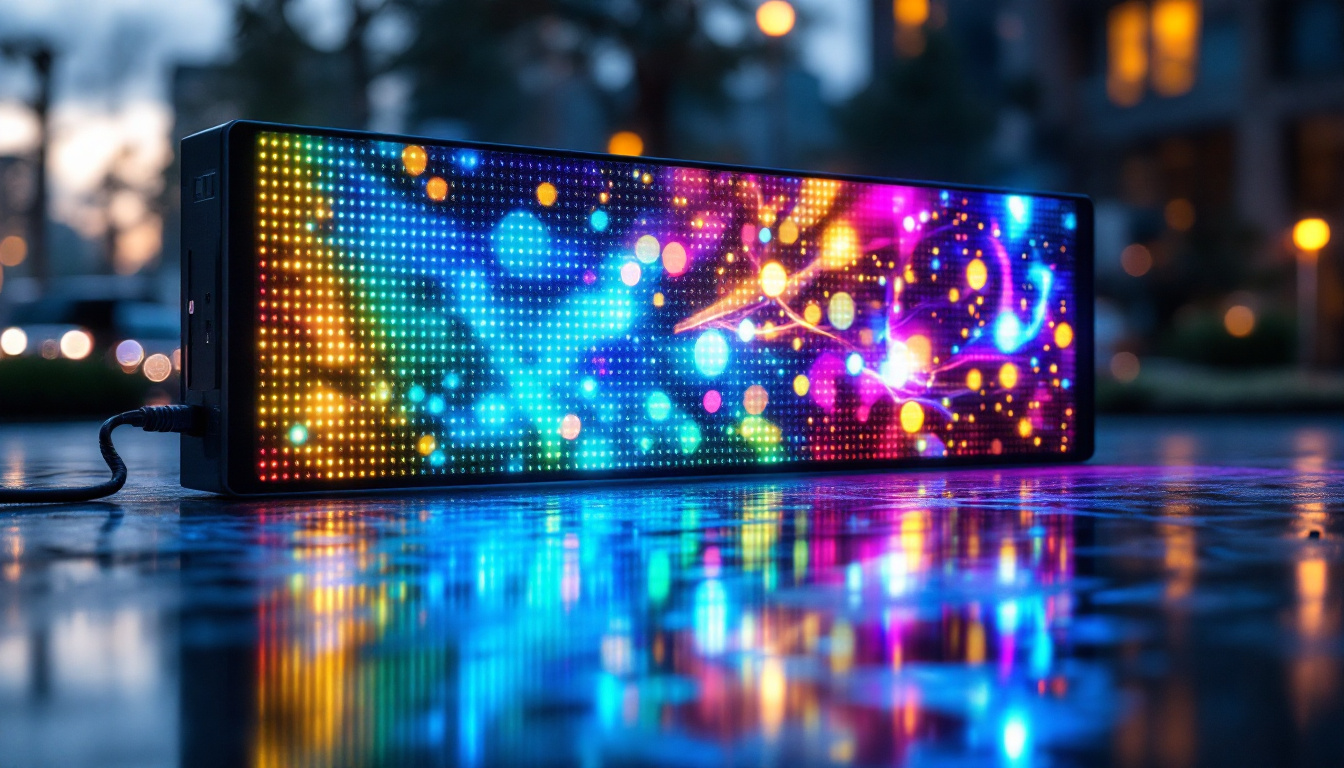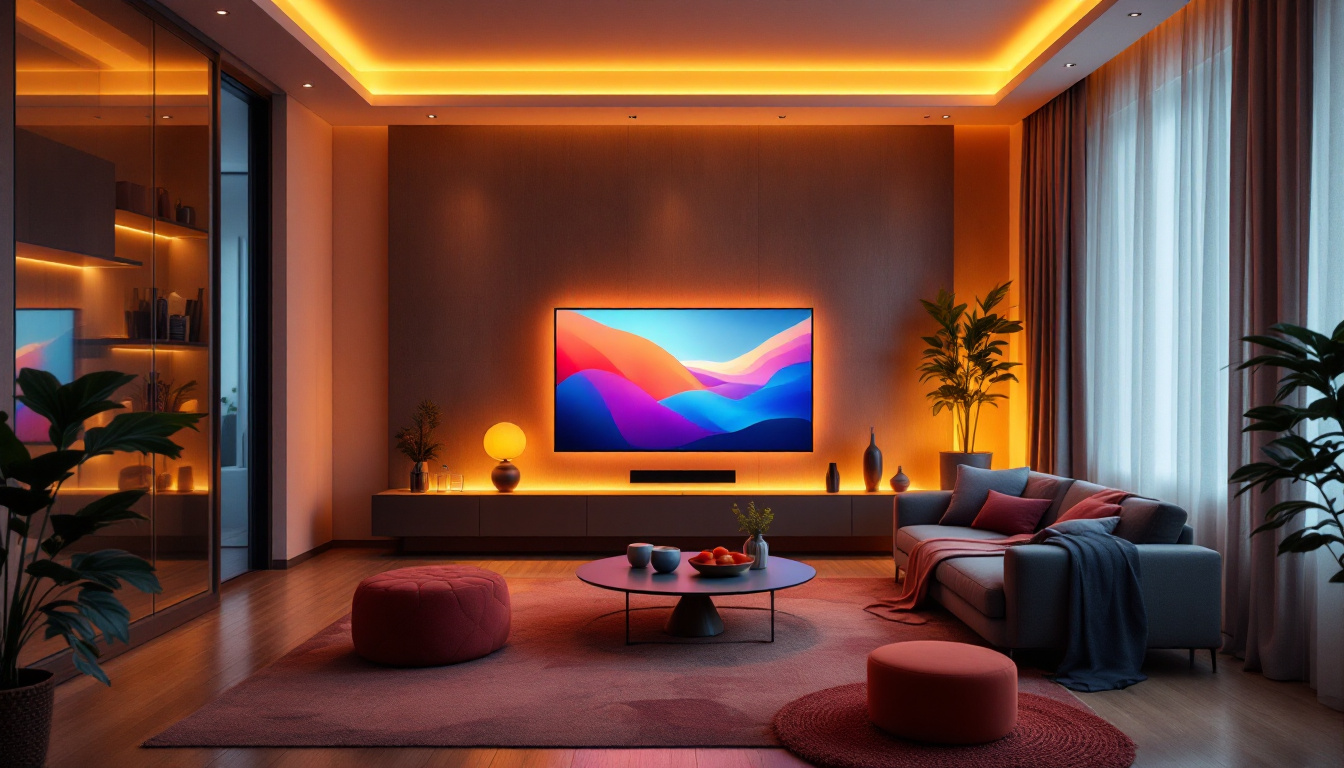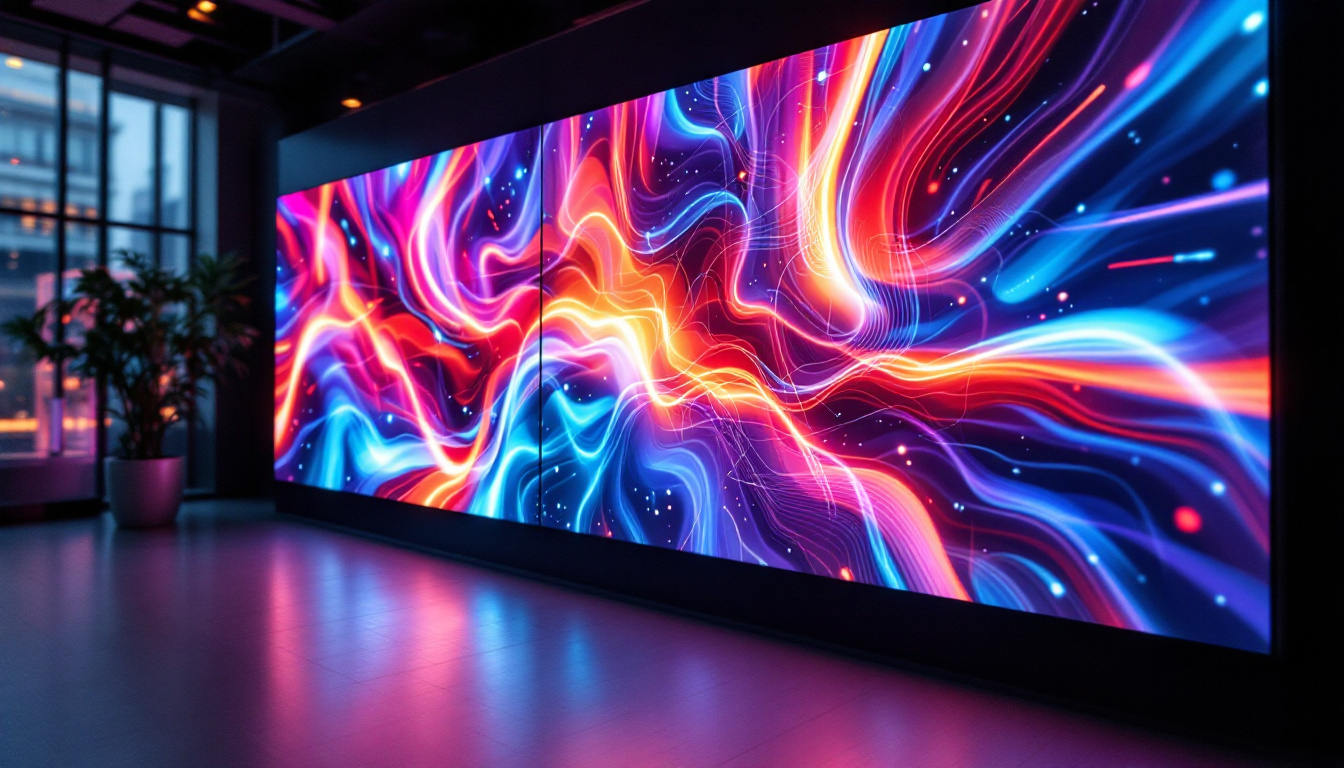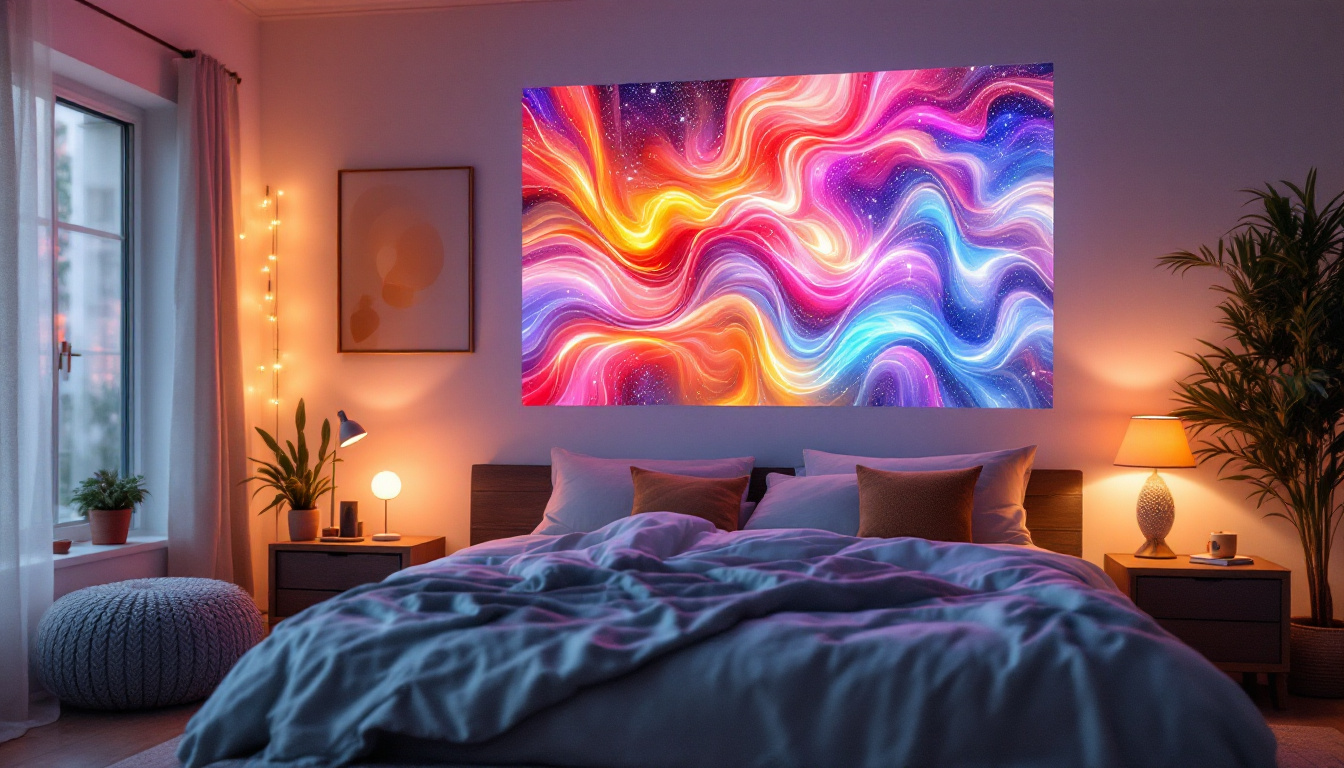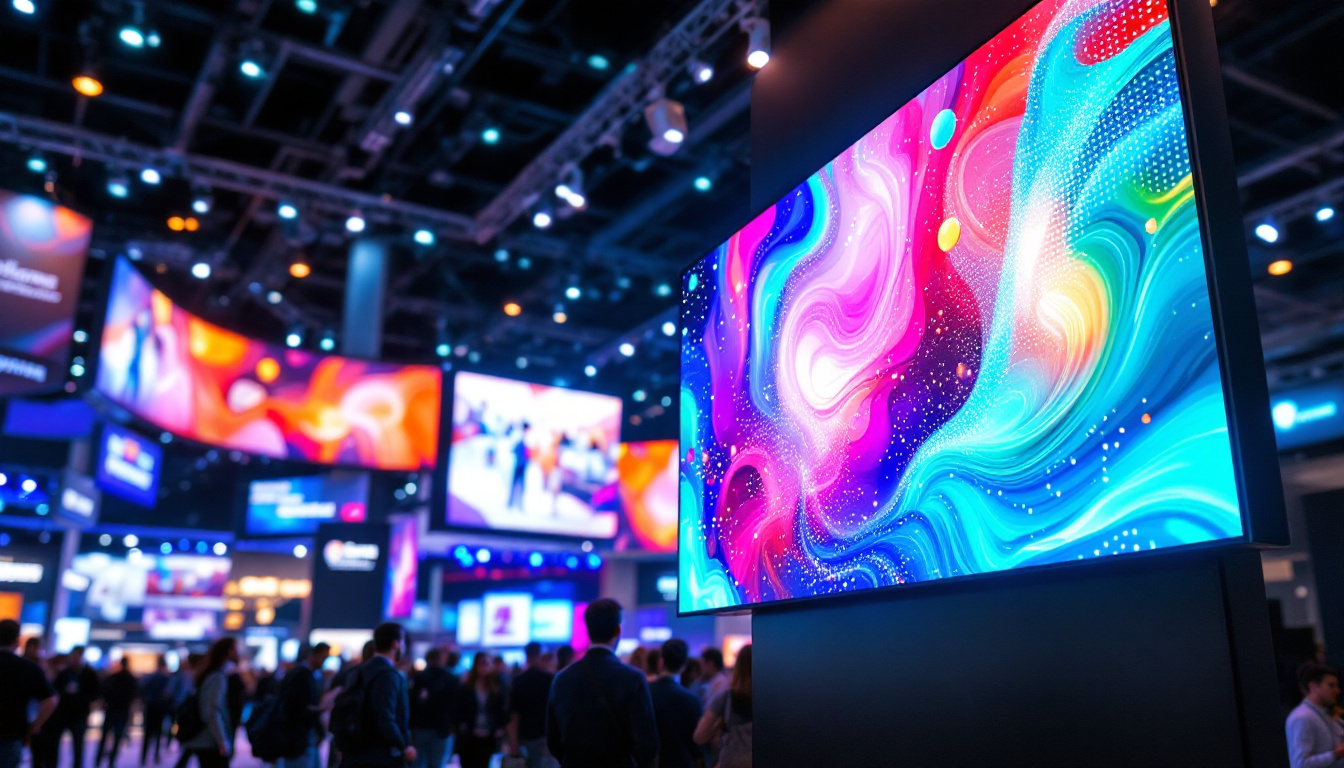In the realm of modern technology, LED displays have revolutionized the way visual information is presented. From televisions to digital billboards, the clarity and vibrancy of LED screens have made them the preferred choice for many applications. However, understanding the specifications and measurements associated with these displays can be a daunting task, especially when it comes to converting measurements from inches to millimeters. This article will delve into the intricacies of LED displays, focusing on the conversion of thousands of inches to millimeters, and the implications of these measurements in practical applications.
The Fundamentals of LED Displays
LED, or Light Emitting Diode, displays are a type of flat panel display technology that uses LEDs as a light source. Unlike traditional LCD screens, which require a backlight, LED displays utilize individual diodes to create images. This technology not only enhances brightness and contrast but also allows for thinner and more energy-efficient screens. The evolution of LED technology has led to its widespread adoption in various sectors, from consumer electronics to large-scale advertising, fundamentally changing how we interact with visual media.
How LED Displays Work
At their core, LED displays operate by passing an electric current through a semiconductor material, which then emits light. This process is known as electroluminescence. The combination of red, green, and blue (RGB) diodes allows for a full spectrum of colors to be produced, enabling the display of vivid images and videos. The precision of this color mixing is crucial for achieving the desired visual effects, and advanced algorithms are often employed to ensure that the colors appear true to life.
In a typical LED display, thousands of these diodes are arranged in a grid. When an image is to be displayed, the corresponding diodes are activated to emit specific colors and brightness levels. This intricate process occurs rapidly, allowing for smooth video playback and dynamic content. Additionally, the refresh rate of LED displays is significantly higher than that of traditional screens, which minimizes motion blur and enhances the viewing experience, particularly for fast-paced video games and sports broadcasts.
The Types of LED Displays
LED displays come in various types, each suited for different applications. The most common types include:
- Direct View LED: These displays use individual LED modules to create large screens, often seen in outdoor advertising and stadiums. Their ability to maintain visibility in bright sunlight makes them ideal for outdoor environments.
- LED-backlit LCD: This type combines LCD technology with LED backlighting, providing improved contrast and color accuracy. These displays are prevalent in televisions and computer monitors, offering a balance between performance and cost.
- Organic LED (OLED): A more advanced technology that uses organic compounds to emit light, offering superior color and contrast ratios. OLED displays are known for their ability to produce true blacks, as individual pixels can be turned off completely, resulting in an infinite contrast ratio.
Furthermore, the rise of MicroLED technology is set to revolutionize the display market even further. MicroLED displays consist of microscopic LEDs that can be arranged to form high-resolution images without the need for a backlight. This technology promises to combine the best features of OLED and traditional LED displays, offering enhanced brightness, color accuracy, and energy efficiency while eliminating issues like burn-in that can affect OLED screens. As research and development in this area continue, we can expect to see even more innovative applications of LED technology in the near future.
Understanding Measurements: Inches vs. Millimeters
When discussing LED displays, measurements are often given in inches, particularly in the United States. However, many international standards and specifications use millimeters. This discrepancy can lead to confusion, especially when dealing with large-scale displays where dimensions can reach thousands of inches.
Conversion Basics
To convert inches to millimeters, one must understand the basic conversion factor: one inch is equal to 25.4 millimeters. Therefore, to convert a measurement in inches to millimeters, one simply multiplies the number of inches by 25.4.
This conversion is crucial when dealing with specifications for LED displays, as manufacturers may provide dimensions in inches while engineers and designers may prefer working in millimeters for precision. Understanding this conversion can streamline communication and ensure that projects run smoothly.
Practical Applications of Measurement Conversions
In practical terms, the conversion from inches to millimeters can impact various aspects of LED display design and installation. For instance, when designing a large-scale LED wall for an event, knowing the exact dimensions in millimeters can help in planning the layout and ensuring that the display fits within the designated space.
Furthermore, accurate measurements are essential for calculating pixel density, which directly affects the display’s resolution and clarity. A higher pixel density results in sharper images, making it vital to convert and understand these measurements correctly.
Additionally, the choice of measurement units can also influence the manufacturing process. For instance, certain countries may have specific machinery calibrated to work with millimeter measurements, while others might operate in inches. This can affect everything from the sourcing of materials to the final assembly of the display units. By harmonizing the measurements used across different stages of production, manufacturers can avoid costly errors and delays that arise from miscommunication or misinterpretation of specifications.
Moreover, in the realm of digital design, software tools often default to specific measurement units based on regional settings. Designers working on LED displays must be adept at switching between these units to ensure that their designs translate accurately into the physical world. This adaptability not only enhances the efficiency of the design process but also ensures that the final product meets the intended visual standards, regardless of the measurement system used in its creation.
Calculating Thousands of Inches to Millimeters
When dealing with large measurements, such as thousands of inches, the conversion becomes even more critical. For example, a display that measures 1,000 inches would convert to 25,400 millimeters. Understanding how to perform these conversions accurately can enhance project planning and execution.
Step-by-Step Conversion Process
To convert thousands of inches to millimeters, follow these simple steps:
- Identify the number of inches you wish to convert.
- Multiply that number by 25.4 to obtain the equivalent measurement in millimeters.
- Double-check your calculations to ensure accuracy.
For instance, if a display measures 2,500 inches, the calculation would be:
2,500 inches × 25.4 mm/inch = 63,500 mm
Common Scenarios Requiring Conversion
There are several scenarios in which converting thousands of inches to millimeters is particularly relevant:
- Large LED Billboards: Outdoor advertising often utilizes massive LED displays, where accurate measurements are crucial for installation and visibility.
- Architectural Installations: In architectural projects, precise dimensions are necessary for integrating LED displays into building designs.
- Event Production: For concerts and events, knowing the exact size of LED screens helps in planning stage layouts and audience sightlines.
Impact of Display Size on Performance
The size of an LED display can significantly affect its performance and usability. Larger displays often require more careful consideration regarding pixel density, brightness, and viewing distance, all of which can be influenced by the conversion of measurements from inches to millimeters.
Pixel Density and Resolution
Pixel density, measured in pixels per inch (PPI), is a critical factor in determining the clarity of an LED display. As the size of the display increases, the pixel density may decrease if the number of pixels remains constant. This can lead to a less sharp image, particularly when viewed up close.
To maintain image quality, it is essential to calculate the appropriate resolution based on the size of the display. For instance, a 1,000-inch display may require a significantly higher resolution than a smaller display to ensure that images remain clear and detailed.
Brightness and Viewing Distance
Another important aspect to consider is brightness. Larger displays often need to be brighter to ensure visibility from greater distances. Understanding the dimensions in millimeters can help in selecting the appropriate brightness levels for different applications.
For example, a display intended for outdoor use may need to be brighter than one used indoors, as outdoor environments typically have higher ambient light levels. Accurately converting measurements allows for better planning and execution of these requirements.
Future Trends in LED Display Technology
The LED display industry is constantly evolving, with new technologies emerging that enhance performance and usability. Understanding the implications of size and measurement conversions will be crucial as these trends develop.
Advancements in Resolution
As technology progresses, the demand for higher resolutions continues to grow. Innovations such as microLED and miniLED are paving the way for displays that offer improved color accuracy and brightness while maintaining compact sizes. These advancements will necessitate precise measurements to ensure compatibility and optimal performance.
Integration with Smart Technologies
Another trend is the integration of LED displays with smart technologies. As displays become more interactive and connected, understanding their dimensions in both inches and millimeters will be essential for seamless integration with other devices and systems.
This integration can enhance user experience, allowing for dynamic content and real-time updates, further emphasizing the importance of accurate measurements in the design and implementation of LED displays.
Conclusion
In summary, the conversion of thousands of inches to millimeters is a vital aspect of working with LED displays. Understanding the fundamentals of LED technology, the significance of accurate measurements, and the implications of size on performance can greatly enhance the effectiveness of any project involving these displays.
As technology continues to advance, staying informed about measurement conversions and their practical applications will be crucial for professionals in the field. Whether designing a large-scale billboard or integrating displays into architectural projects, precise measurements will ensure success and optimal performance.
In a world where visual communication is paramount, mastering the art of measurement conversion will undoubtedly pave the way for innovative and impactful LED display solutions.
Explore Cutting-Edge LED Display Solutions with LumenMatrix
Ready to elevate your visual communication with the latest in LED display technology? Look no further than LumenMatrix, where innovation meets excellence. Our extensive range of LED display modules, from Indoor and Outdoor LED Walls to specialized solutions like Vehicle Displays, LED Posters, and even Custom LED Displays, is designed to captivate and engage your audience. With LumenMatrix, you can create immersive visual experiences that truly stand out. Check out LumenMatrix LED Display Solutions today and transform your space into a dynamic visual spectacle.




